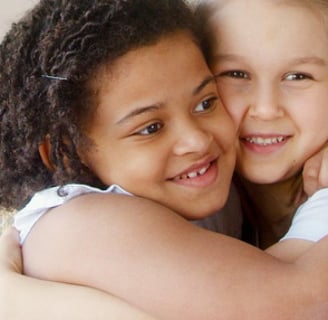Nurturing Potential: A Compassionate Dive into Sensory Learning for Autistic Children
C Parker
12/10/20232 min read


In the realm of autism education, the pursuit of effective and inclusive learning strategies has led educators and caregivers to a profound understanding of sensory learning. This journey into the depths of sensory learning for autistic children goes beyond conventional methods, embracing the uniqueness of each child's sensory experience and tailoring educational approaches accordingly.
The Symphony of Sensory Learning for Autism
Sensory learning for autism is akin to orchestrating a symphony, where each note represents a unique sensory input. Unlike neurotypical children, those on the autism spectrum may encounter the world in a heightened or diminished sensory spectrum. Touch, taste, sight, sound, and smell are not merely sensations but gateways to understanding, and decoding this symphony is pivotal to effective teaching.
Autism and Sensory Processing: The Intricate Dance
Autism and sensory processing engage in a delicate dance, influencing how a child navigates their environment. Sensory processing differences manifest uniquely in each child, contributing to challenges and strengths. From the bustling noise of a classroom to the soft touch of a textured surface, every sensory encounter shapes the learning experience.
Adaptive Learning Strategies: Tailoring Education to Individual Needs
In the quest for inclusive education, adaptive learning strategies emerge as a beacon of hope. Recognizing that a one-size-fits-all approach is inadequate, educators and parents are turning to adaptive strategies. Whether it's creating personalized curricula, incorporating flexible teaching methodologies, or providing sensory breaks, these strategies aim to accommodate diverse sensory needs and foster a conducive learning atmosphere.
Sensory-Friendly Education: Beyond Adaptation to Inclusion
Sensory-friendly education is more than adapting; it's about creating environments that inherently understand and embrace sensory differences. Explore how sensory-friendly classrooms, specialized materials, and targeted teaching methods contribute to an inclusive atmosphere that values the diverse sensory experiences of autistic children.
Enhancing Sensory Experiences: A Hands-On Approach
In the pursuit of comprehensive sensory learning, hands-on experiences play a pivotal role. From textured play materials to sensory-rich activities, educators and parents are discovering the power of engaging the senses to facilitate learning. This section explores practical approaches to enhancing sensory experiences, fostering a positive and enriching educational journey.
The Holistic Tapestry of Sensory Learning
The understanding of sensory learning for autistic children paints a holistic tapestry of education—one that appreciates the unique sensory experiences of each child. As we delve into this realm with empathy and knowledge, we not only empower autistic learners but also redefine the landscape of inclusive education.
In embracing the symphony of sensory learning, we embark on a journey where awareness evolves into informed action, and every sensory encounter becomes a stepping stone towards unlocking the immense potential within each autistic child.
